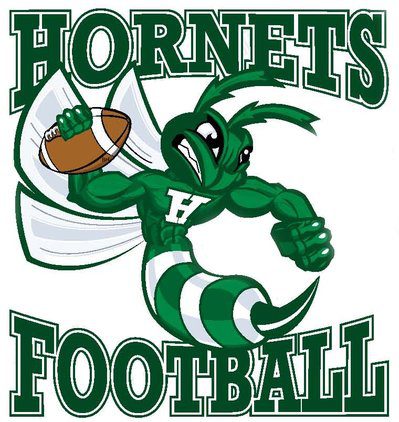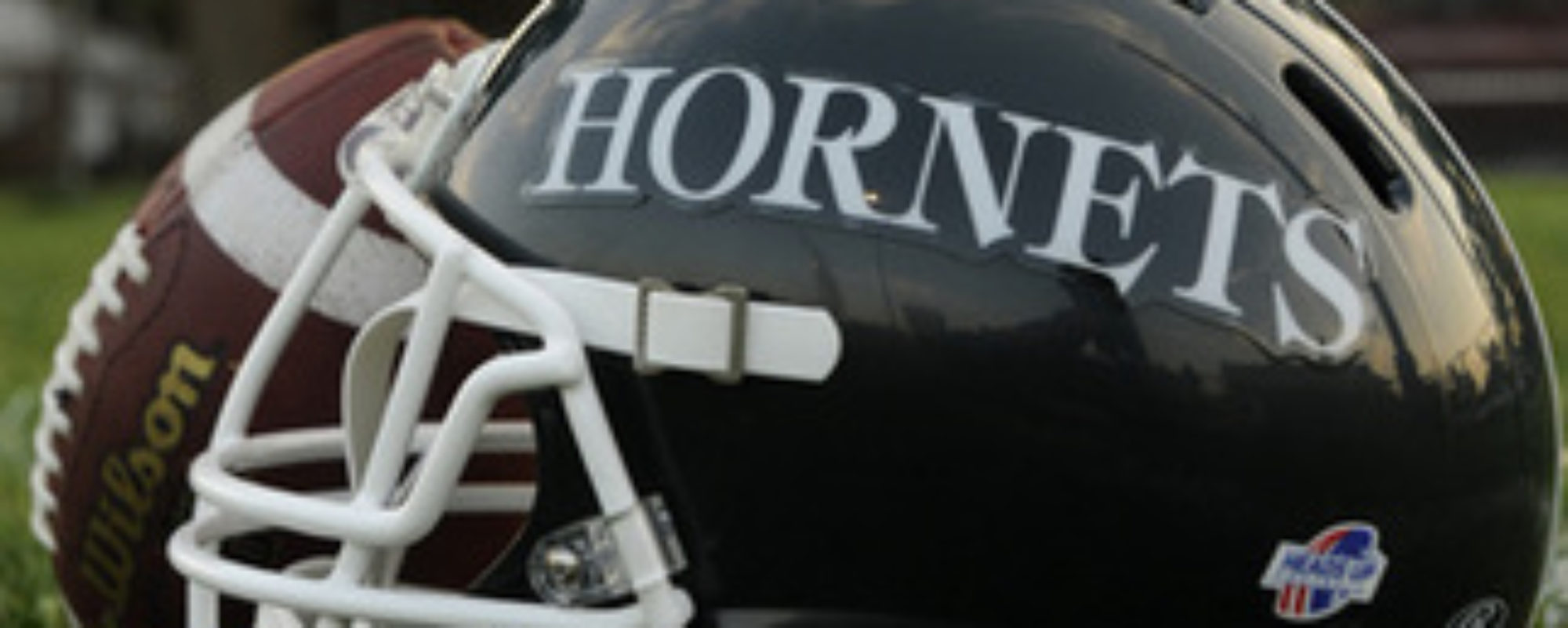PLAYERS & PARENTS
THE FACTS
- A concussion is a brain injury .
- All concussions are serious .
- Concussions can occur without loss of consciousness.
- Concussions can occur in any sport .
- Recognition and proper management of concussions when they first occur can help prevent further injury or even death.
WHAT IS A CONCUSSION?
A concussion is an injury that changes how the cells in the brain normally work. A concussion is caused by a blow to the head or body that causes the brain to move rapidly inside the skull. Even a “ding,” “getting your bell rung,” or what seems to be a mild bump or blow to the head can be serious. Concussions can also result from a fall or from players colliding with each other or with obstacles, such as a goalpost.
The potential for concussions is greatest in athletic environments where collisions are common.1 Concussions can occur, however, in
any
organized or unorganized sport or recreational activity. As many as 3.8 million sports- and recreation-related concussions occur in the United States each year.2
RECOGNIZING A POSSIBLE CONCUSSION
To help recognize a concussion, you should watch for the following two things among your athletes:
-
A forceful blow to the head or body that results in rapid movement of the head.
– and- - Any change in the athlete’s behavior, thinking, or physical functioning. (See the signs and symptoms of concussion.)
SIGNS AND SYMPTOMS Signs observed by coaching staff
- Appears dazed or stunned
- Is confused about assignment or position
- Forgets sports plays
- Is unsure of game, score, or opponent
- Moves clumsily
- Answers questions slowly
- Loses consciousness (even briefly)
- Shows behavior or personality changes
- Can’t recall events prior to hit or fall
- Can’t recall events after hit or fall
Symptoms Reported By Athlete
- Headache or “pressure” in head
- Nausea or vomiting
- Balance problems or dizziness
- Double or blurry vision
- Sensitivity to light
- Sensitivity to noise
- Feeling sluggish, hazy, foggy, or groggy
- Concentration or memory problems
- Confusion
- Does not “feel right”
Adapted from Lovell et al. 2004
Athletes who experience any of these signs or symptoms after a bump or blow to the head should be kept from play until given permission to return to play by a health care professional with experience in evaluating for concussion. Signs and symptoms of concussion can last from several minutes to days, weeks, months, or even longer in some cases. Remember, you can’t see a concussion and some athletes may not experience and/or report symptoms until hours or days after the injury. If you have any suspicion that your athlete has a concussion, you should keep the athlete out of the game or practice.
PREVENTION AND PREPARATION
As a coach, you can play a key role in preventing concussions and responding to them properly when they occur. Here are some steps you can take to ensure the best outcome for your athletes and the team:
-
Educate athletes and parents about concussion
. Talk with athletes and their parents about the dangers and potential long-term consequences of concussion. For more information on long-term effects of concussion, view the following online video clip:
http://www.cdc.gov/ncipc/tbi/Coaches_Tool_Kit.htm#Video
.
Explain your concerns about concussion and your expectations of safe play to athletes, parents, and assistant coaches. Pass out the concussion fact sheets for athletes and for parents at the beginning of the season and again if a concussion occurs.
-
Insist that safety comes first
.
- Teach athletes safe playing techniques and encourage them to follow the rules of play.
- Encourage athletes to practice good sportsmanship at all times.
- Make sure athletes wear the right protective equipment for their activity (such as helmets, padding, shin guards, and eye and mouth guards). Protective equipment should fit properly, be well maintained, and be worn consistently and correctly.
-
Review the athlete fact sheet with your team to help them recognize the signs and symptoms of a concussion.
- Teach athletes and parents that it’s not smart to play with a concussion . Sometimes players and parents wrongly believe that it shows strength and courage to play injured. Discourage others from pressuring injured athletes to play. Don’t let athletes persuade you that they’re “just fine” after they have sustained any bump or blow to the head. Ask if players have ever had a concussion.
Check with your youth sports league or administrator about concussion policies. Concussion policy statements can be developed to include the league’s commitment to safety, a brief description of concussion, and information on when athletes can safely return to play following a concussion (i.e., an athlete with known or suspected concussion should be kept from play until evaluated and given permission to return by a health care professional). Parents and athletes should sign the concussion policy statement at the beginning of the sports season.
ACTION PLAN: WHAT SHOULD A COACH DO WHEN A CONCUSSION IS SUSPECTED?
- Cause of the injury and force of the hit or blow to the head
- Any loss of consciousness (passed out/knocked out) and if so, for how long
- Any memory loss immediately following the injury
- Any seizures immediately following the injury
- Number of previous concussions (if any)
If you think your athlete has sustained a concussion…take him or her out of play, and seek the advice of a health care professional experienced in evaluating for concussion.

